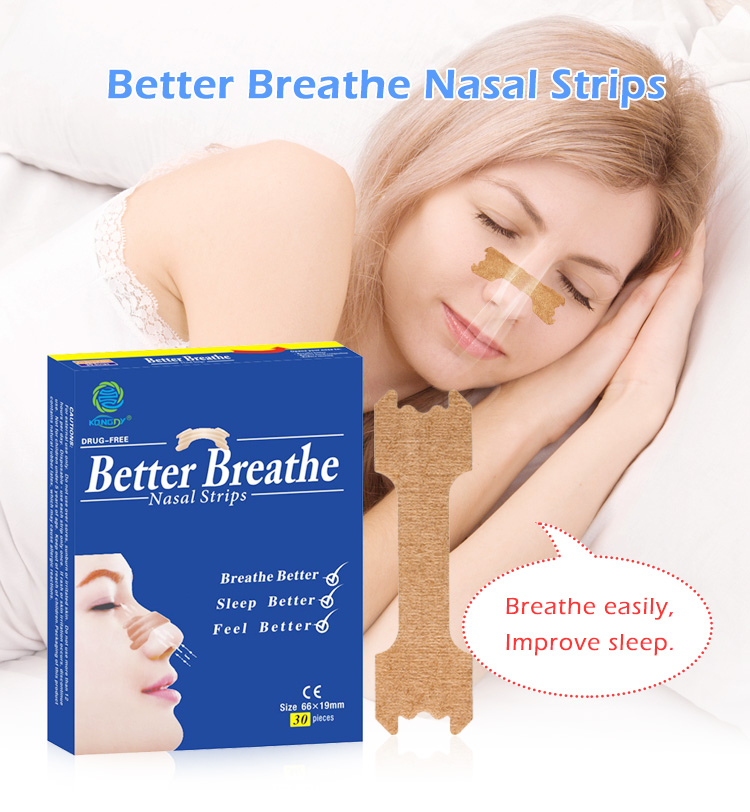Author:Kangdi 19-07-2024
In a pristine facility humming with activity, a nasal strip factory stands as a testament to modern manufacturing ingenuity. Here, cutting-edge technology and meticulous quality control combine to produce a product that, while small in size, has a significant impact on breathing comfort for millions.
The production process begins with the careful selection of materials. High-grade, hypoallergenic adhesives and flexible, yet durable, polymers are sourced to ensure both effectiveness and comfort. These materials undergo rigorous testing before entering the production line to meet stringent quality and safety standards.
At the heart of the factory, sophisticated machinery precisely cuts and shapes the base material into the distinctive shape of nasal strips. Laser-guided systems ensure each strip is perfectly formed, with the exact curvature needed to fit comfortably across different nose shapes and sizes.
One of the most critical stages in production is the application of the adhesive. State-of-the-art equipment applies a precise amount of medical-grade adhesive to each strip, ensuring strong hold without irritation. The adhesive undergoes extensive testing to guarantee it's strong enough to keep the strip in place throughout the night, yet gentle enough for easy removal.
Quality control is paramount in the nasal strip factory. Each batch undergoes multiple inspections, including visual checks and strength tests. Random samples are subjected to simulated use to ensure they perform as intended, maintaining their spring-like tension to keep nasal passages open.
Packaging is another crucial component of the production process. Advanced machinery seals each strip in individual, airtight pouches to maintain hygiene and effectiveness. The packages are then boxed and labeled, ready for distribution to pharmacies, supermarkets, and online retailers worldwide.
Environmental responsibility is increasingly becoming a focus in nasal strip production. Many factories are adopting sustainable practices, such as using recyclable packaging materials and implementing energy-efficient manufacturing processes.
As the demand for non-drug breathing aids continues to grow, these factories play a vital role in meeting consumer needs. They stand as a prime example of how modern manufacturing can respond to health and wellness trends, producing items that offer a breath of fresh air to those in need of respiratory relief.
 0086 19937104978
0086 19937104978





